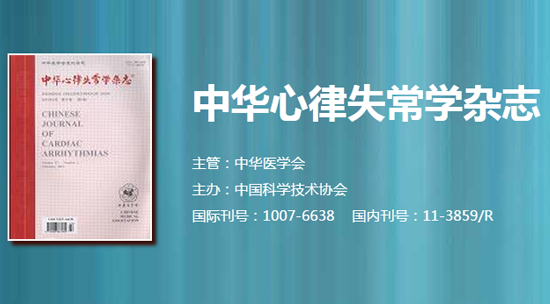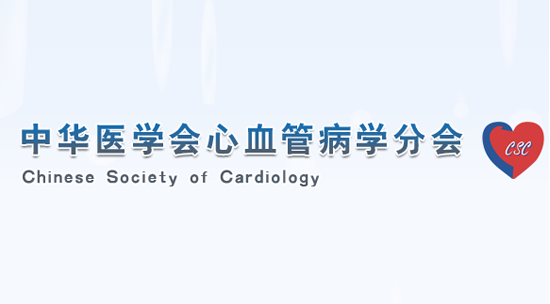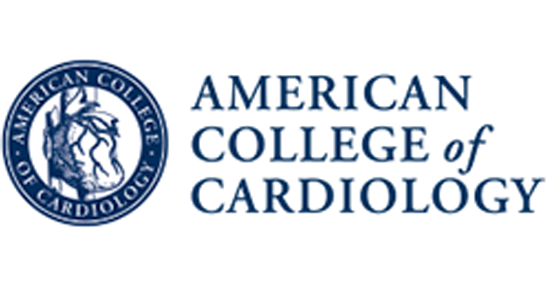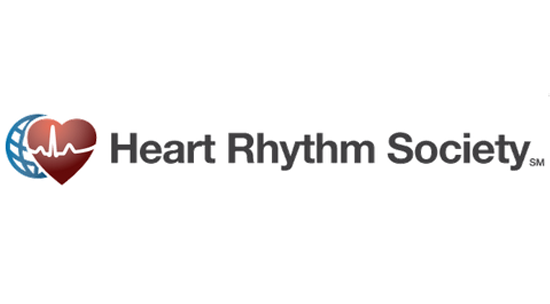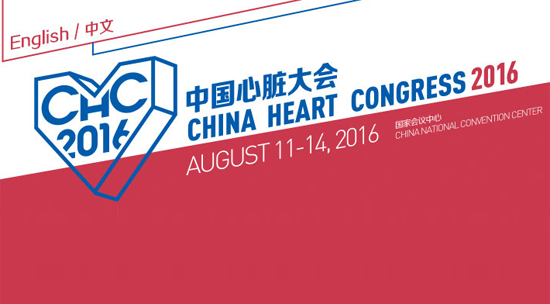HeartRhythm主编—陈鹏生教授语音速递(五月刊 英文版)
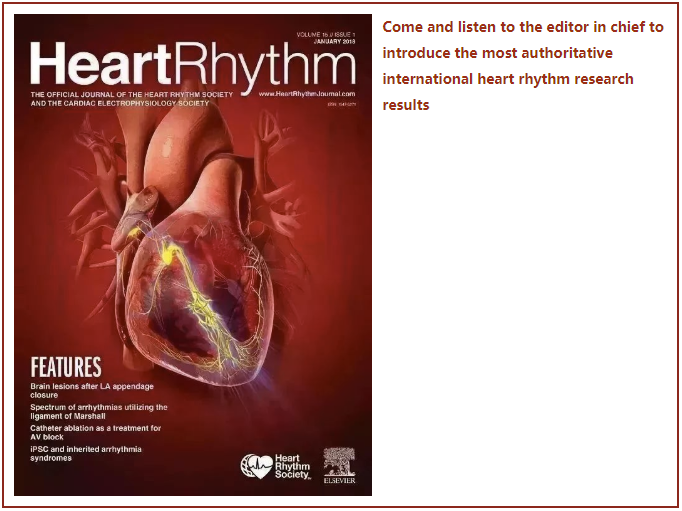

Peng-Sheng Chen
Hello, this is Dr. Peng-Sheng Chen, the Editor-in-Chief of Heart Rhythm.
The first article of the May 2023 issue is titled “Anterior mitral line in patients with persistent atrial fibrillation and anterior scar: A multicenter matched comparison—The MiLine study”. The benefit of an anterior mitral line (AML) in patients with persistent atrial fibrillation (AF) and anterior atrial scar undergoing ablation has never been investigated. One hundred eight-six patients were selected and divided into 2 matched groups. Bidirectional conduction block was achieved in 95% of AML. After median follow-up of 2 years, AF/AT recurrence occurred in 29% of the patients in the AML group vs 48% in the no AML group. The authors conclude that AML in addition to standard treatment was associated with improved AF/AT-free survival compared to standard treatment alone.
The second article is titled “Electrocardiographic and electrophysiological characteristics of ventricular arrhythmias from right bundle branch of the moderator band”. Sixteen patients with MB-RBB VAs and 5 patients with right ventricular (RV) anterior papillary muscle (APM) VAs (RV-APM VAs) were studied under the guidance of intracardiac echocardiography. The authors found that the QRS morphology of MB-RBB VAs is characterized by a typical left bundle branch block pattern with a relatively narrow QRS complex, short r wave and rS durations, and a sharp S wave downstroke without notching in leads V1 and V2. Mapping and ablation of the leading RBB potential are effective in eliminating VAs.
Up next is “Very Long-Term Outcomes of Atrial Fibrillation Ablation”. The authors followed 5200 patients undergoing 7145 ablation procedures. AF freedom at 5, 10, and 15 years was as follows: initial ablation: PAF 67.8%, 56.3%, 47.6%; PeAF 46.6%, 35.6%, 26.5%; and long standing AF (LsAF) 30.4%, 18.0%, 3.4%. The final ablation further improved the outcomes. Highest AF recurrence was in the first 2 years, with a 2- to 15-year recurrence of 2%/yr. Success predictors after initial and final ablation procedures were younger age, smaller left atrium, shorter AF duration, male sex, less persistent AF, lower CHA2DS2-VASc score, fewer drugs failed, and more recent catheter era. The authors conclude that after year 2, there is 2%/yr recurrence rate for all AF types. Ablation success is best in the contact force catheter era, intermediate in the open irrigated tip era, and worst in the solid big tip era.
Coming up is “Radiotherapy-induced Malfunctions of Cardiac Implantable Electronic Devices: a Meta-analysis”. The authors searched the literature for relative publications until April 2022 for meta-analysis. The results suggest that ICDs are more likely to be affected by radiotherapy than pacemakers. The adverse events in patients with cancer were associated with neutron-generating radiotherapy and beam energy ≥10 MV. Given the increasing requirement for radiotherapy in several patients with cancer as well as the increasing implantation rates of CIEDs, a better risk stratification is needed in this setting.
The next paper is “Incidence and management of atrioventricular conduction disorders in new-onset left bundle branch block after transcatheter aortic valve implantation: A prospective multicenter study”. This was a prospective open-label study with 12-month follow-up that included 183 TAVI recipients. A high-grade AV conduction disorder was identified in 56 patients (30.6%) at 12 months. His-ventricle interval ≥70 ms was independently associated with the occurrence of a high-grade conduction disorder. The authors conclude that new-onset LBBB after TAVI was associated with high rates of high-grade AV conduction disturbances. The stratification algorithm provided safe and valuable aid to management decisions and reliable guidance on pacemaker implantation.
Up next is “Functional Characterization and Identification of a Therapeutic for a Novel SCN5A-F1760C Variant Causing Type 3 Long QT Syndrome Refractory to All Guideline-Directed Therapies”. The authors report an infant with severe LQT3 who was refractory to multiple pharmacologic therapies as well as bilateral stellate ganglionectomy. The patient's novel variant, p.F1760C-SCN5A, involves a critical residue of the Nav1.5's local anesthetic binding domain. Whole-cell patch clamp was used to assess the sodium currents with/without lidocaine (Lido), flecainide, and phenytoin (PHT) in TSA-201 cells and CRISPR-Cas9 variant-corrected isogenic control iPSC-CMs. The authors found that phenytoin rescued the electrophysiological phenotype and APD of this novel variant. The antiepileptic drug phenytoin may be an effective alternative therapeutic for treating LQT3, especially for variants that disrupt the Lido/mexiletine binding site.
The next article is “Standing genetic variation affects phenotypic heterogeneity in a SCN5A-mutation founder population with excess sudden cardiac death”. The Worm Study, ascertained from a multigeneration pedigree segregating a single amino acid deletion in SCN5A, is characterized by substantial phenotypic heterogeneity and overlap of sudden cardiac death, long-QT syndrome, cardiac conduction disease, Brugada syndrome, and isorhythmic atrioventricular dissociation. Linkage analysis for a synthetic trait derived from these phenotypes identified a single peak at the SCN5A/SCN10A/SCN11A locus on chromosome 3. This study explored the role of additional genetic variation in the chromosome 3 locus as a source of phenotypic heterogeneity in the Worm Study population. The authors found that other variants, alongside a pathogenic mutation, are associated with phenotypic heterogeneity. Single-mutation screening may not predict electrical heart disease in patients and family members. In the Worm Study population, segregating a pathogenic SCN5A mutation, compound variation in the SCN5A/SCN10A/SCN11A locus determines the arrhythmic outcome.
The next paper is “miR-448 regulates potassium voltage-gated channel subfamily A member 4 (KCNA4) in ischemia and heart failure”. The authors investigated whether miR-448 was involved in the regulation of KCNA4 messenger RNA expression in ischemia. The authors found that the expression of KCNA4 is diminished in ischemia and human heart failure tissues with ventricular tachycardia. Previously, the authors have shown that miR-448 is upregulated in ischemia and inhibition can prevent arrhythmic risk after myocardial infarction. The 3'-untranslated region of KCNA4 has a conserved miR-448 binding site. miR-448 bound to this site reduced KCNA4 expression and the transient outward potassium current. Inhibition of miR-448 restored KCNA4. These findings showed a link between Kv1.4 downregulation and miR-448-mediated upregulation in ischemia, suggesting a new mechanism for the antiarrhythmic effect of miR-448 inhibition.
Coming up is “Pre-clinical evaluation of a third generation absorbable antibacterial envelope”. The authors tested these envelopes in rabbit and sheep models with device implantation. Results show that the third-generation TYRX absorbable antibacterial envelope demonstrated equivalent preclinical performance to the second-generation envelope. Antibiotic elution curves were similar; elution was above minimal inhibitory concentration for 7 days, infections were reduced compared to no envelope, and acceptance criteria for migration, rotation, and absorption were met.
Up next is “Levosimendan attenuates electrical alternans and prevents ventricular arrhythmia during therapeutic hypothermia in isolated rabbit hearts”. Levosimendan, a calcium sensitizer, has been reported to shorten APD by enhancing the adenosine triphosphate (ATP)-sensitive K current. The purpose of this study was to test the hypothesis that, during therapeutic hypothermia in Langendorff perfused rabbit hearts, levosimendan shortens the already prolonged APD, attenuates spatially discordant alternans, and prevents VA. The results showed that levosimendan shortened ventricular APD and decreased spatially discordant alternans. These findings suggest that enhancing ATP-sensitive K current with levosimendan might be a novel approach to preventing VA during therapeutic hypothermia.
The above original research articles are followed by a Hands-On article titled “How to implant leadless pacemakers and mitigate major complications”. The authors state that Implanting leadless pacemakers requires a special set of skills different from the skill set required for the implantation of traditional pacemakers. This article describes those skills in great detail.
There are two Creative Concepts papers. The first one is titled “Right Ventricular Cardiac Resynchronization Therapy in Patients with Right Ventricular Conduction Delay and Heart Failure”. The authors conclude that RV CRT has beneficial effects of RV function in adults with right bundle conduction delay and failing right hearts. The technique demonstrated a favorable safety profile and reasonably long-term favorable clinical profile. A second Creative Concept paper is titled “Tiny Pacemakers for Tiny Babies”. The authors described the implantation of a specially designed Pediatric Implantable Pulse Generator in 5 newborn babies.
There are 4 Research Letters in this issue of the journal. The first one is titled “Simplifying follow-up of left bundle branch pacing leads: Assessment of left bundle branch capture using a programmer only”. The authors conclude that detection of LBB capture by novel lead placements and a simplified algorithm using only a programmer is feasible and should facilitate follow-up of LBBP leads. The second letter is “Factors predictive of spontaneous reversion to sinus rhythm: findings from an integrated acute atrial fibrillation pathway”. The authors conclude that hemodynamically stable AF patients with hypertension, previous DC cardioversion, or heart failure may warrant active management with early cardioversion in the Emergency Department as timely reversion to sinus rhythm is less likely to occur spontaneously in these patients. Patients without these variables could potentially be managed in the community, thereby avoiding unnecessary hospitalization and cardioversion. The third letter is titled “Lead deformation of stylet-driven lead in left bundle branch area pacing”. LBB area pacing using stylet-driven leads was found to result in more frequent lead deformation and fracture than LBB area pacing using lumenless leads, most of which occurred during lead repositioning. The authors discussed how to prevent helix deformation and fracture during the procedure. The final letter is titled “Reduction in Defibrillation Threshold by Modifications to the Subcutaneous Implantable Cardioverter Defibrillator Coil”. The authors performed a finite element computer modeling study of subcutaneous ICD leads. They conclude that modifications to the S-ICD coil could substantially reduce DFT and result in clinical benefits to patients.
This issue of the journal includes two articles of In Memoriam. The first one is about Dr. Michael Rosen, a pioneer and a leader in cardiac electrophysiology. Dr. Rosen passed away on January 6, 2023 at the age of 84. A second In Memoriam is devoted to Dr. Matthew Amoni, a young clinician-scientist from South Africa and a recipient of the 2023 Outstanding Publication Award of the Heart Rhythm journal. Dr. Amoni passed away on October 3, 2022.
I hope you enjoyed this podcast. For Heart Rhythm, I’m the Editor-In-Chief, Dr. Peng-Sheng Chen.
